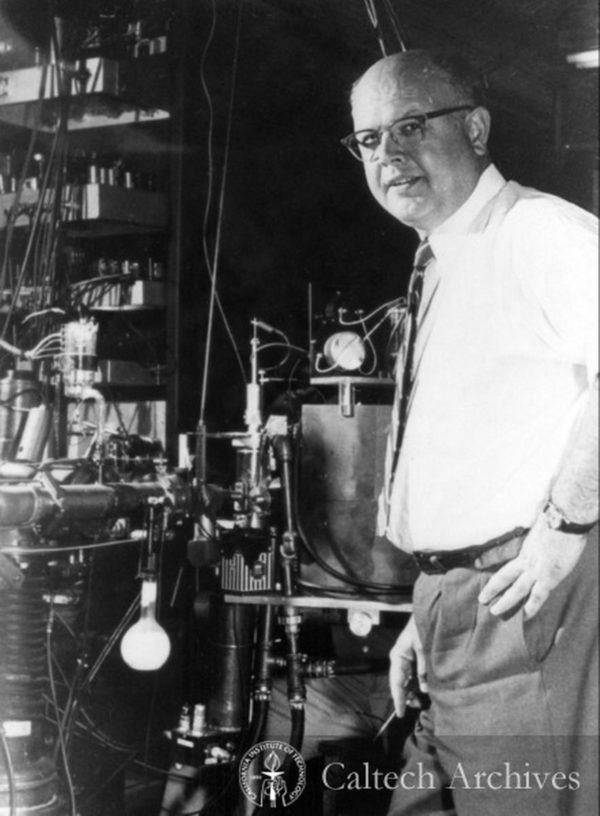"You couldn’t be here if stars hadn’t exploded, because the elements - the carbon, nitrogen, oxygen, iron, all the things that matter for evolution and for life - weren’t created at the beginning of time. They were created in the nuclear furnaces of stars, and the only way for them to get into your body is if those stars were kind enough to explode..." -Lawrence Krauss
Throughout the 1940s, 50s and even 60s, a debate as to the origin of the Universe raged in astrophysics. Was the Big Bang theory, where the Universe emerged from a hot, dense state some finite time ago, or the Steady-State theory, where the Universe always had the same density and properties, correct? Two very different pictures of the Universe emerged, but more interestingly, they each predicted a very different origin for the chemical elements in the Universe.
 In the Big Bang, the expanding Universe causes matter to dilute over time, while in the Steady-State Theory, continued matter creation ensures that the density remains constant over time. Image credit: E. Siegel.
In the Big Bang, the expanding Universe causes matter to dilute over time, while in the Steady-State Theory, continued matter creation ensures that the density remains constant over time. Image credit: E. Siegel.
The Big Bang theorists preferred a Universe where the hot, dense stage of the early, post-Big Bang Universe created the heavy elements, while the Steady-State camp predicted those elements would originate in stars. 60 years ago, in 1957, theory and experiment came together to show that stellar nucleosynthesis is the answer.


It’s a delightful contrast that Fred Hoyle, now known more as a champion of the failed Steady State theory, was one of the principles in developing the successful stellar nucleosynthesis theory.